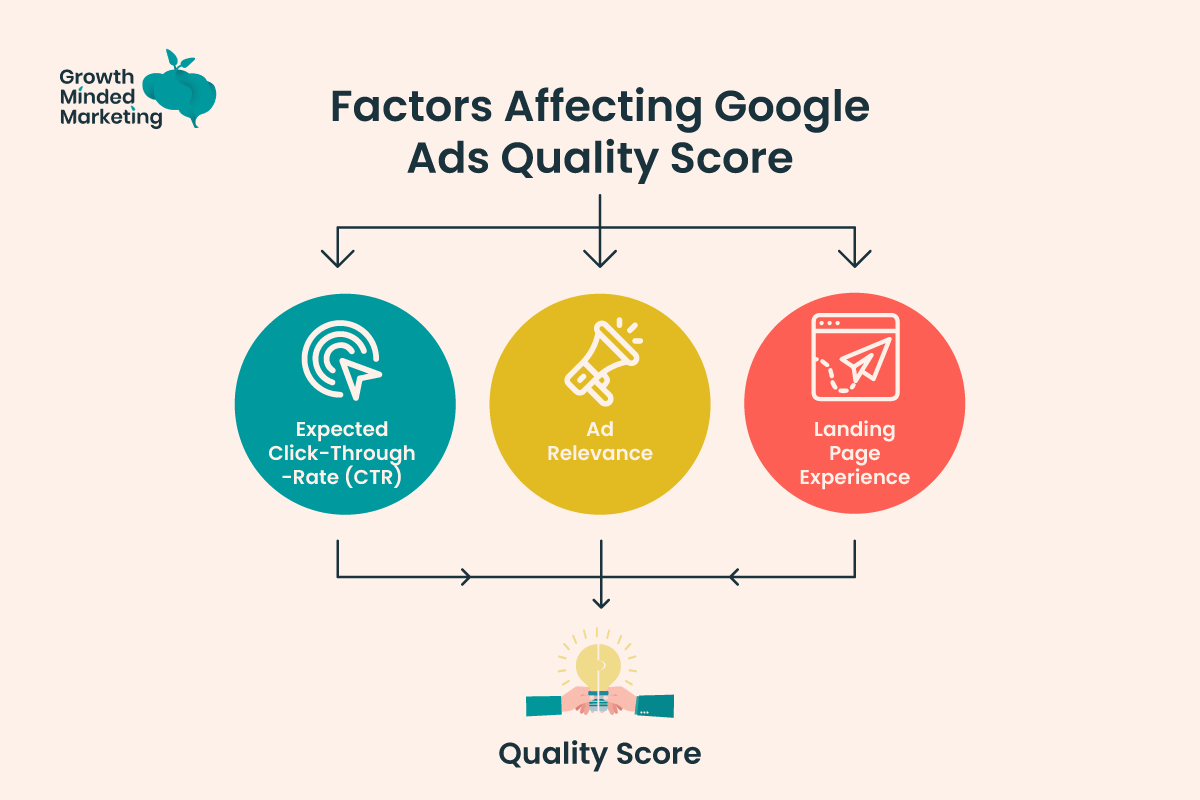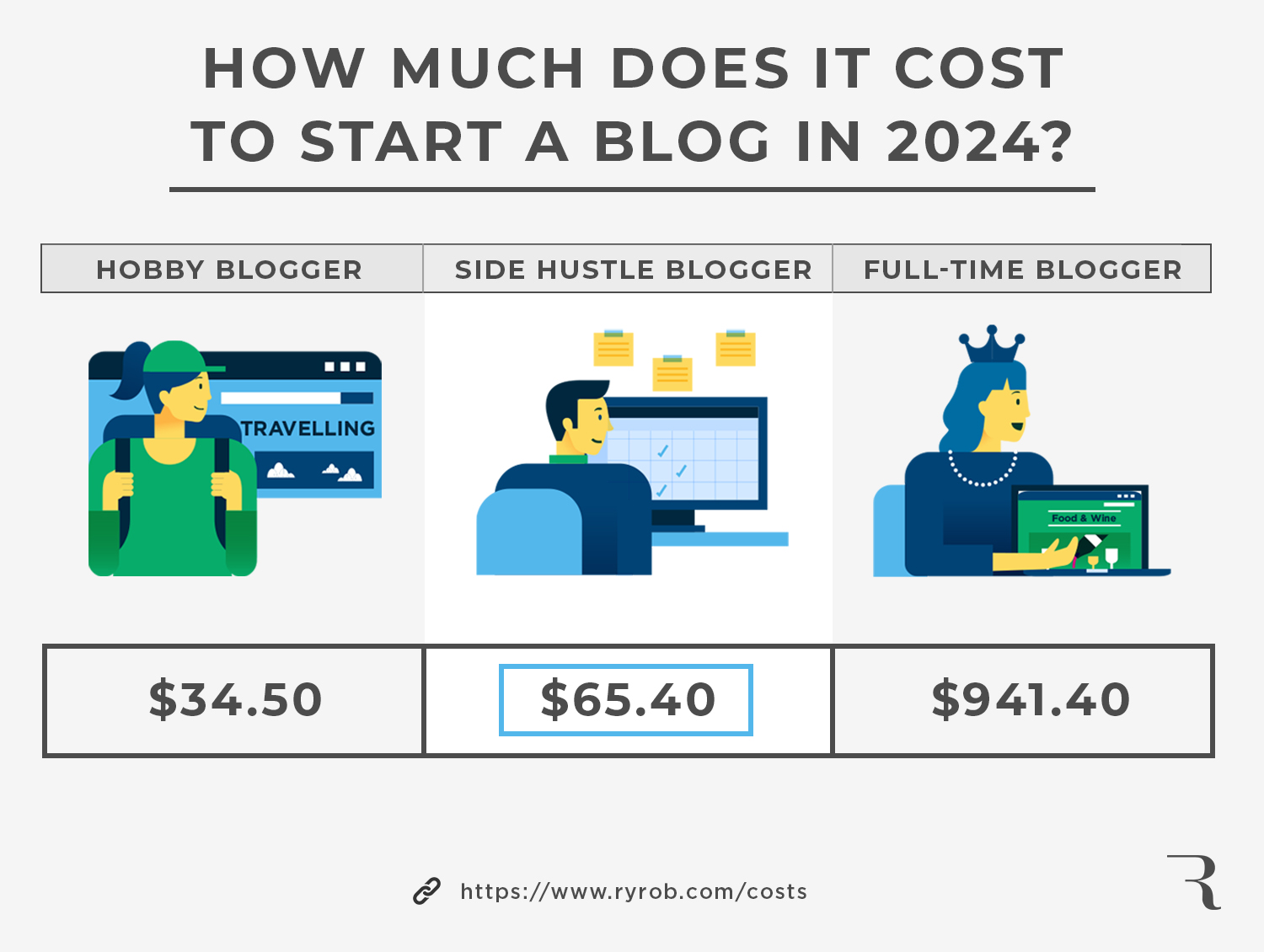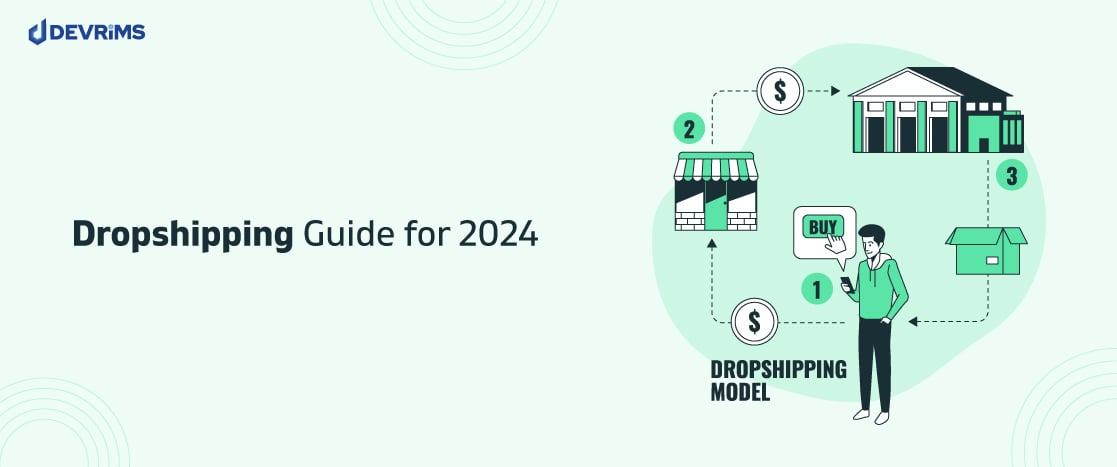How to Earn 1 Lakh with Rakuten Kobo: A Comprehensive Guide
Telegram link https://t.me/earninchatgpt
In the digital age, opportunities for earning money online have expanded dramatically. One such avenue is through Rakuten Kobo, a platform that allows authors to publish and sell ebooks worldwide. Earning 1 lakh (100,000) rupees through Rakuten Kobo is not only feasible but can be a rewarding endeavor for those willing to invest time, effort, and strategic thinking into their ebook publishing journey. This comprehensive guide will walk you through the steps, strategies, and considerations necessary to achieve this goal.
Understanding Rakuten Kobo
Rakuten Kobo is a digital ebook platform that enables authors to publish their works and reach a global audience. It operates similarly to other ebook retailers like Amazon Kindle and Apple Books but has its own unique features and advantages. Here’s what you need to know:
Publishing Platform: Rakuten Kobo provides a user-friendly platform where authors can upload their manuscripts, cover designs, and set prices for their ebooks.
Global Reach: Ebooks published on Rakuten Kobo are available in over 190 countries, giving authors access to a vast international market.
Royalties: Authors earn royalties based on the price of their ebooks and the sales volume. Rakuten Kobo offers competitive royalty rates, often higher than traditional publishing models.
Promotional Tools: The platform offers various promotional tools and features to help authors market their ebooks effectively.
Steps to Earn 1 Lakh on Rakuten Kobo
Achieving a significant income through Rakuten Kobo requires a strategic approach and consistent effort. Here’s a detailed roadmap to guide you through the process:
Step 1: Choose Your Niche and Audience
Before you start writing or publishing, it’s crucial to identify a niche and target audience for your ebooks. Consider the following factors:
Passion and Knowledge: Choose a niche that you are passionate about and have expertise in. This will make the writing process more enjoyable and authentic.
Market Demand: Research popular genres and topics on Rakuten Kobo to understand what readers are looking for. Look for gaps or underserved niches that you can fill with your ebooks.
Target Audience: Define your target audience based on demographics, interests, and reading preferences. Understanding your audience will help you tailor your content and marketing efforts effectively.
Step 2: Create High-Quality Content
The success of your ebooks on Rakuten Kobo largely depends on the quality of your content. Follow these guidelines to create compelling ebooks:
Writing: Write engaging, well-researched content that provides value to your readers. Pay attention to writing style, grammar, and clarity.
Formatting: Format your ebook professionally with clear headings, chapters, and a visually appealing layout. Consider hiring a professional designer for your ebook cover to attract more readers.
Editing: Edit and proofread your manuscript thoroughly to ensure it is free of errors and inconsistencies. Consider hiring an editor if needed to polish your work.
Step 3: Publish Your Ebook on Rakuten Kobo
Once your ebook is ready, it’s time to publish it on Rakuten Kobo:
Create an Account: Sign up for a Rakuten Kobo account as an author or publisher.
Upload Your Ebook: Follow the platform’s guidelines to upload your manuscript, cover design, and set the price for your ebook.
Metadata: Write a compelling book description and choose relevant categories and keywords to optimize discoverability.
Step 4: Implement Marketing Strategies
To maximize sales and reach your income goal, effective marketing is essential:
Build an Author Platform: Create a website or blog to showcase your ebooks and engage with your audience. Utilize social media platforms to promote your ebooks and interact with readers.
Email Marketing: Build an email list of interested readers and send regular updates, exclusive content, and promotional offers.
Paid Advertising: Consider investing in paid advertising campaigns on social media or book promotion websites to reach a wider audience.
Utilize Rakuten Kobo Promotions: Take advantage of Rakuten Kobo’s promotional tools such as price promotions, featured placements, and discounts to boost visibility and sales.
Step 5: Monitor Sales and Optimize Strategies
Track your ebook sales on Rakuten Kobo and analyze what strategies are working:
Sales Analytics: Use Rakuten Kobo’s sales dashboard to monitor your ebook’s performance, track sales trends, and identify opportunities for improvement.
Reader Feedback: Pay attention to reader reviews and feedback to understand what resonates with your audience and make adjustments accordingly.
Iterate and Improve: Continuously update and improve your ebooks based on sales data and reader feedback. Consider publishing new titles or expanding into related niches to diversify your income streams.
Step 6: Scale Up and Diversify
Once you start earning revenue from your ebooks on Rakuten Kobo, explore ways to scale up your earnings:
Publish More Ebooks: Increase your ebook catalog by publishing more titles in different genres or expanding on popular topics.
Translations and Audiobooks: Consider translating your ebooks into other languages or creating audiobook versions to reach broader audiences.
Collaborations and Partnerships: Partner with other authors or influencers in your niche for joint promotions or bundle deals.
Tips for Success on Rakuten Kobo
Consistency: Consistently publish high-quality content and engage with your audience to build a loyal reader base.
Adaptability: Stay updated with industry trends and adapt your strategies accordingly to stay competitive.
Patience and Persistence: Building a sustainable income on Rakuten Kobo takes time and effort. Stay persistent and patient through the ups and downs.
Conclusion
Earning 1 lakh through Rakuten Kobo is achievable with careful planning, quality content creation, effective marketing, and continuous optimization of your strategies. By following the steps outlined in this guide and staying committed to your goals, you can turn your passion for writing into a profitable venture on Rakuten Kobo. Embrace the opportunities offered by digital publishing and start your journey towards financial success today.


















































